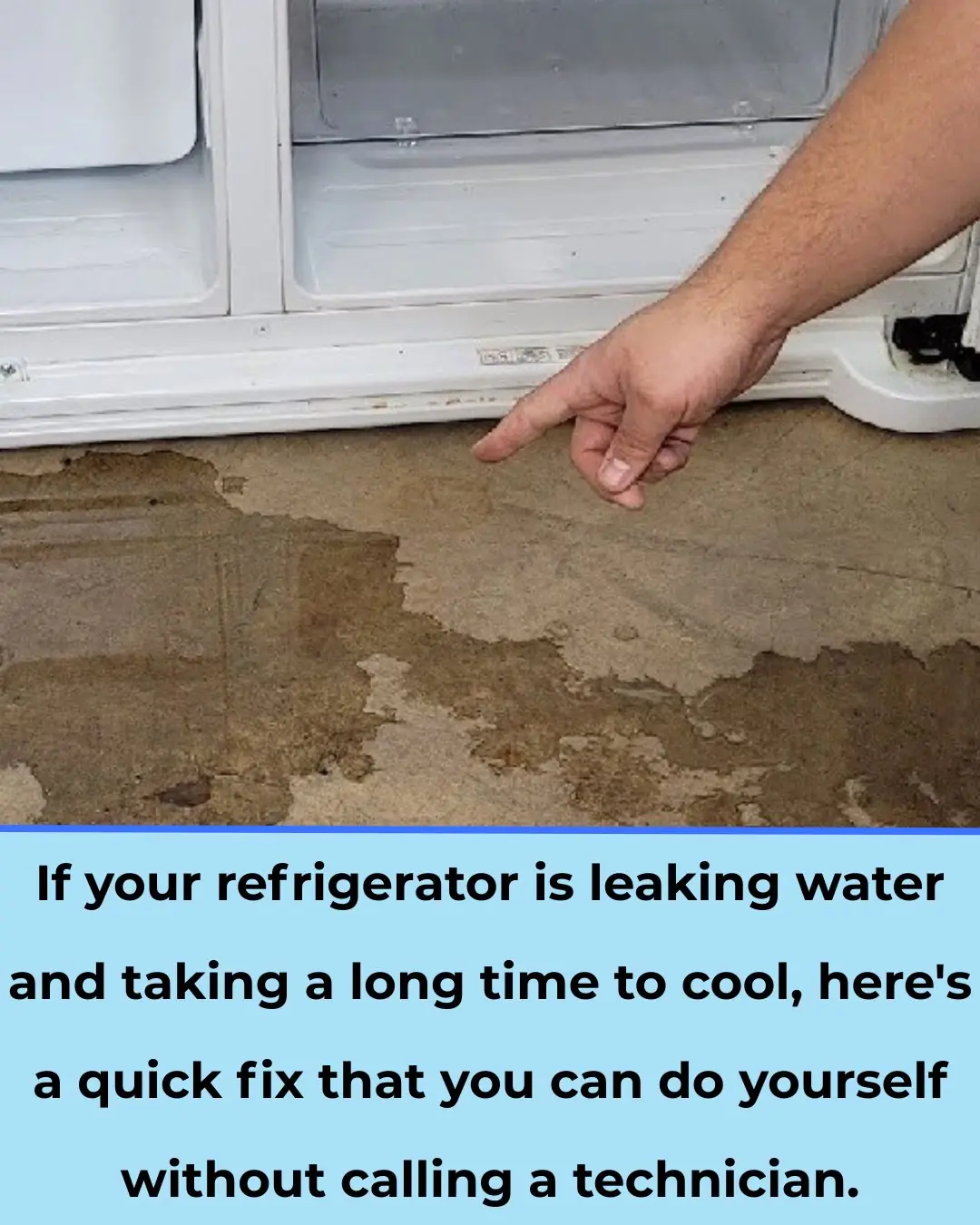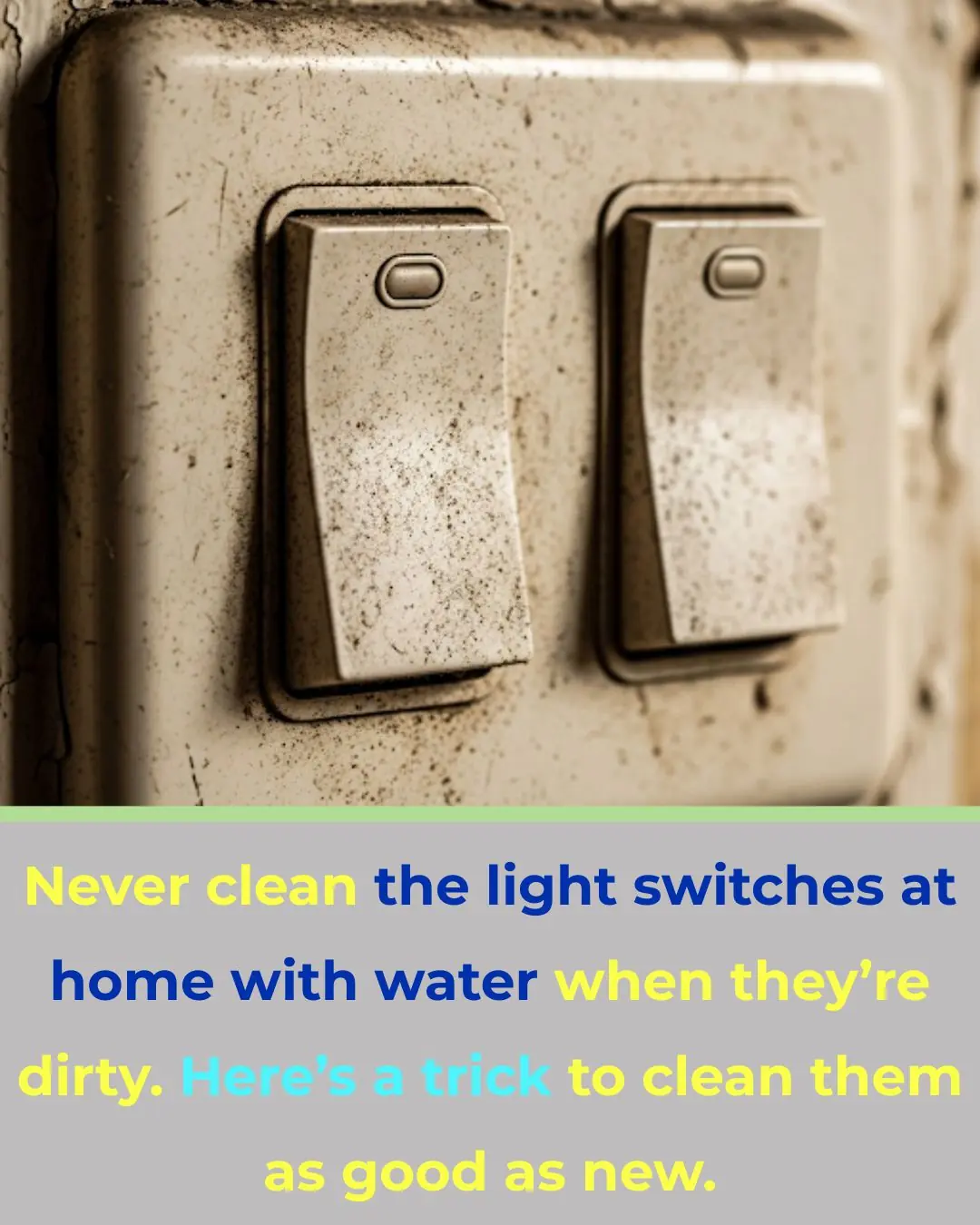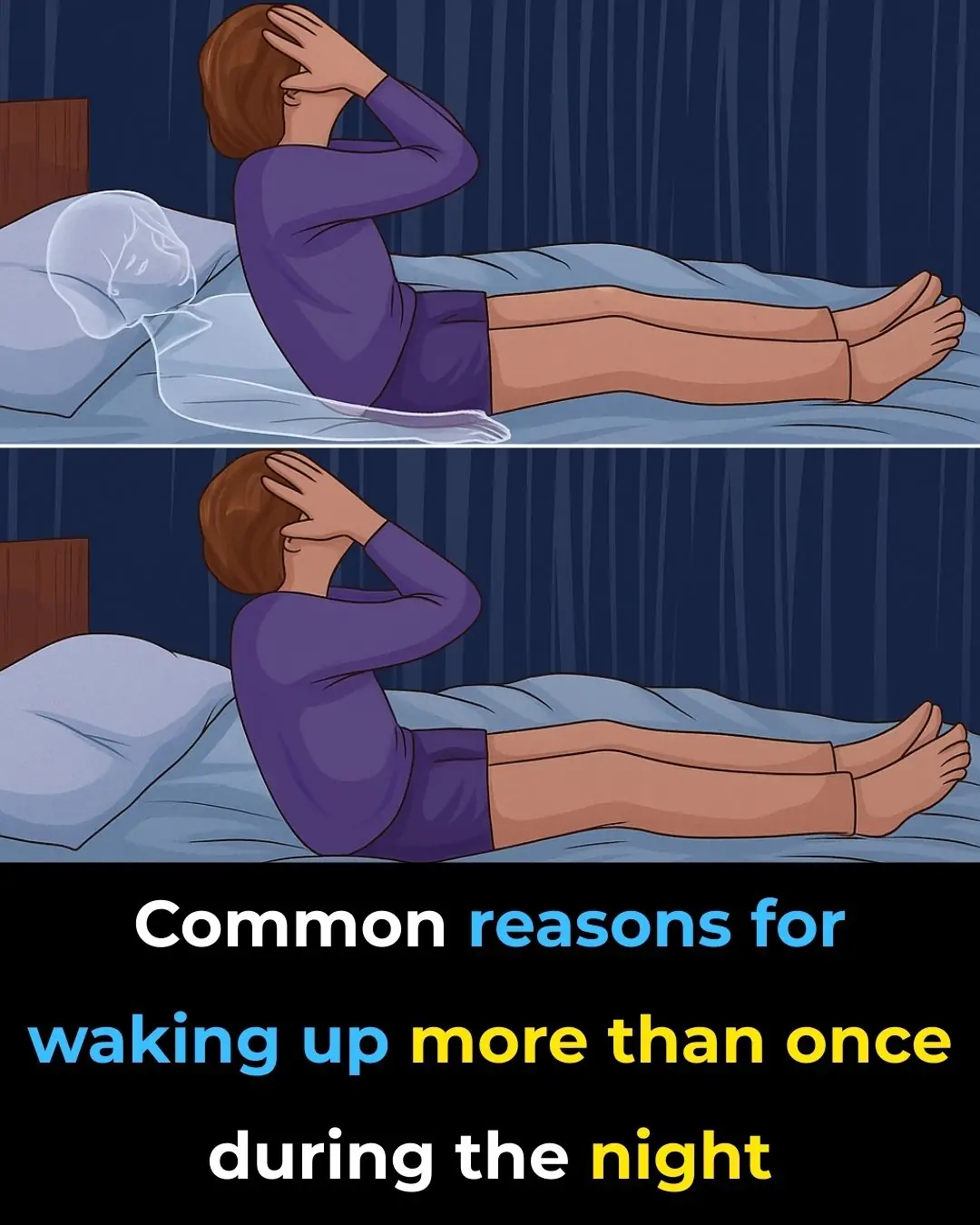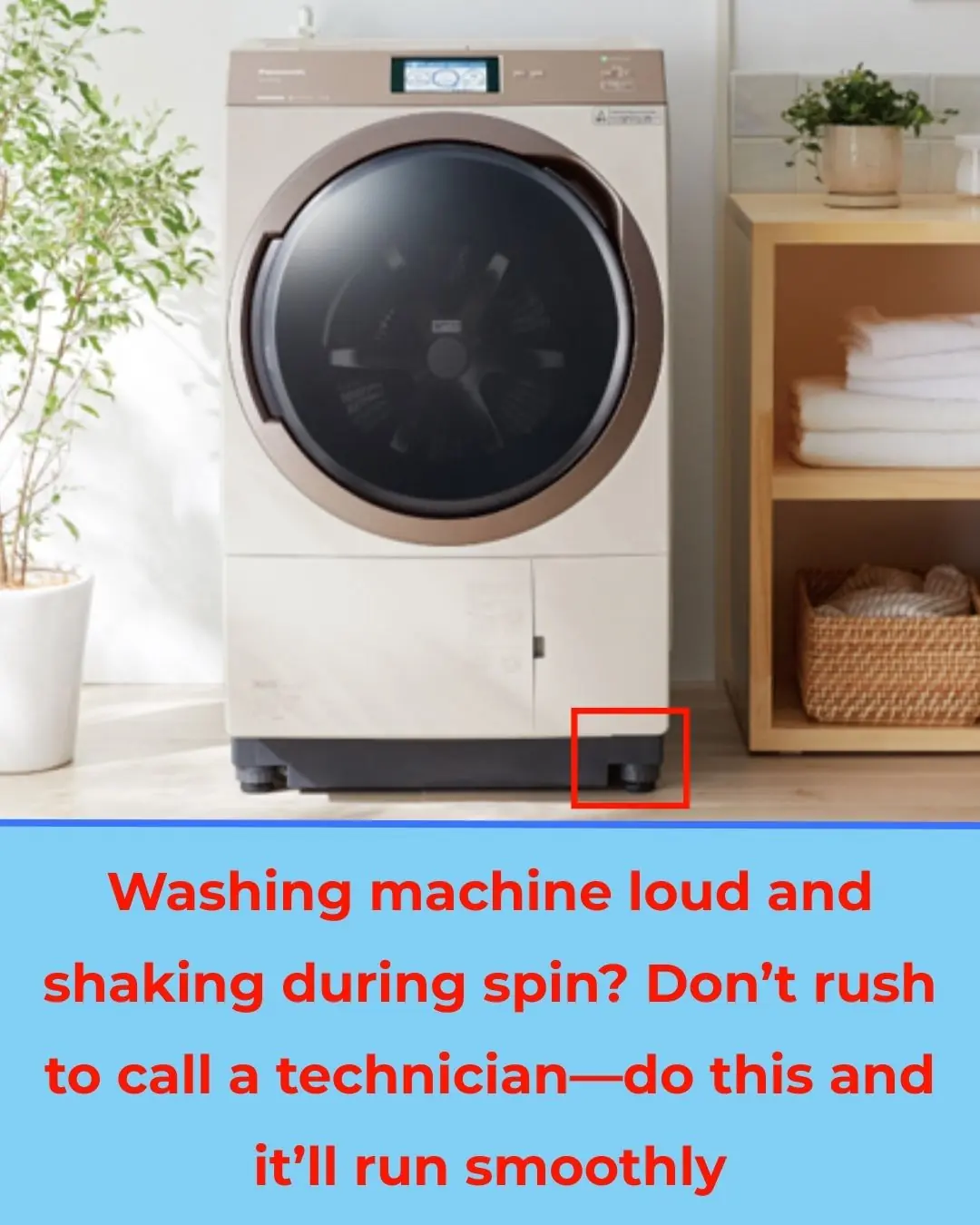Air conditioning is a lifesaver during hot weather, providing cool comfort on scorching days. However, many people unknowingly make common mistakes while using air conditioners, resulting in higher energy bills and reduced efficiency. One of the most frequent questions homeowners have is whether or not to seal the room when running the air conditioner. While the answer may seem straightforward, sealing the room can actually lead to several inefficiencies if not done correctly. In this article, we will explore five common errors that can significantly increase power usage and provide tips to help you optimize your air conditioning for both energy efficiency and comfort.
The Importance of Sealing the Room
Before diving into the mistakes, let’s first address whether you should seal the room when using the air conditioner. In theory, sealing the room can help keep the cool air in and prevent warm air from entering, reducing the load on your air conditioner. However, it’s crucial to strike a balance. Sealing the room too tightly can cause air circulation issues, leading to poor air quality and potential damage to the air conditioner.
The Right Way to Seal the Room
To optimize air conditioning efficiency, close windows, doors, and other openings that may allow heat to enter. However, make sure the room has some ventilation—such as a vent or small gap—to allow for proper air circulation. Completely sealing the room without any airflow can result in increased humidity and discomfort, and in extreme cases, strain on your air conditioner.
Five Common Errors That Can Double or Triple Your Power Usage
-
Setting the Temperature Too Low
One of the most common mistakes people make is setting the temperature too low, assuming that it will cool the room faster. While it’s tempting to set the air conditioner to a cool 18°C (64°F) or lower, this is not necessary and can significantly increase power consumption. Air conditioners work most efficiently when the temperature is set to a comfortable level—typically between 24°C and 26°C (75°F to 78°F).Solution: Set the thermostat to a moderate temperature and avoid drastic temperature changes to prevent unnecessary energy usage.
-
Leaving Doors and Windows Open
Another common error is leaving doors or windows open while the air conditioner is running. This allows warm air to enter, forcing the air conditioner to work harder to maintain the desired temperature. In fact, open windows and doors can double or triple the amount of energy used by the AC unit.Solution: Always close windows and doors before turning on the air conditioner. If you need fresh air, ventilate the room before cooling it down, then close all openings.
-
Failing to Maintain the Air Conditioner
Neglecting regular maintenance of the air conditioner can result in poor performance and increased power usage. Dirty filters, clogged coils, or blocked vents can significantly reduce the efficiency of your air conditioner, making it work harder than necessary to cool the room. This can cause the unit to consume much more electricity.Solution: Clean or replace filters regularly, check and clean the evaporator and condenser coils, and make sure the vents are not obstructed. Routine maintenance can help the air conditioner run at peak efficiency.
-
Using an Oversized Air Conditioner
While it may seem like a larger air conditioner would be more powerful and effective, using an oversized unit can actually waste energy. An air conditioner that’s too big for the space will cool the room too quickly and frequently cycle on and off, consuming more energy than a properly sized unit.Solution: Make sure your air conditioner is appropriately sized for your room. An HVAC professional can help you determine the right size based on the square footage and layout of your space.
-
Not Using a Programmable Thermostat
Many people leave their air conditioners running all day, even when they’re not at home, thinking it will maintain the room temperature. This wastes significant amounts of energy. Without a programmable thermostat, the air conditioner operates continuously, leading to increased electricity usage.Solution: Invest in a programmable thermostat that allows you to set specific temperatures at different times of the day. This way, the air conditioner can be turned off or set to a higher temperature when no one is home, reducing energy consumption while maintaining comfort when needed.
Additional Tips to Reduce Air Conditioning Energy Usage
-
Use Fans to Circulate Cool Air: Ceiling fans or portable fans can help distribute cool air more effectively throughout the room, reducing the need for the air conditioner to work harder.
-
Use Curtains or Blinds: Close curtains or blinds during the hottest parts of the day to block out direct sunlight. This can significantly reduce the heat entering the room, allowing your air conditioner to maintain the temperature more easily.
-
Seal Gaps and Leaks: Inspect windows and doors for air leaks and seal any gaps with weather stripping or caulking to prevent cool air from escaping.
Conclusion
While sealing the room when running the air conditioner may seem like an easy way to improve efficiency, it’s important to do so in moderation. Avoiding common mistakes like overcooling the room, leaving windows open, or neglecting maintenance can help significantly reduce energy consumption. By following the simple tips outlined above, you can ensure that your air conditioner operates more efficiently, ultimately saving both energy and money while keeping your home comfortably cool.






























